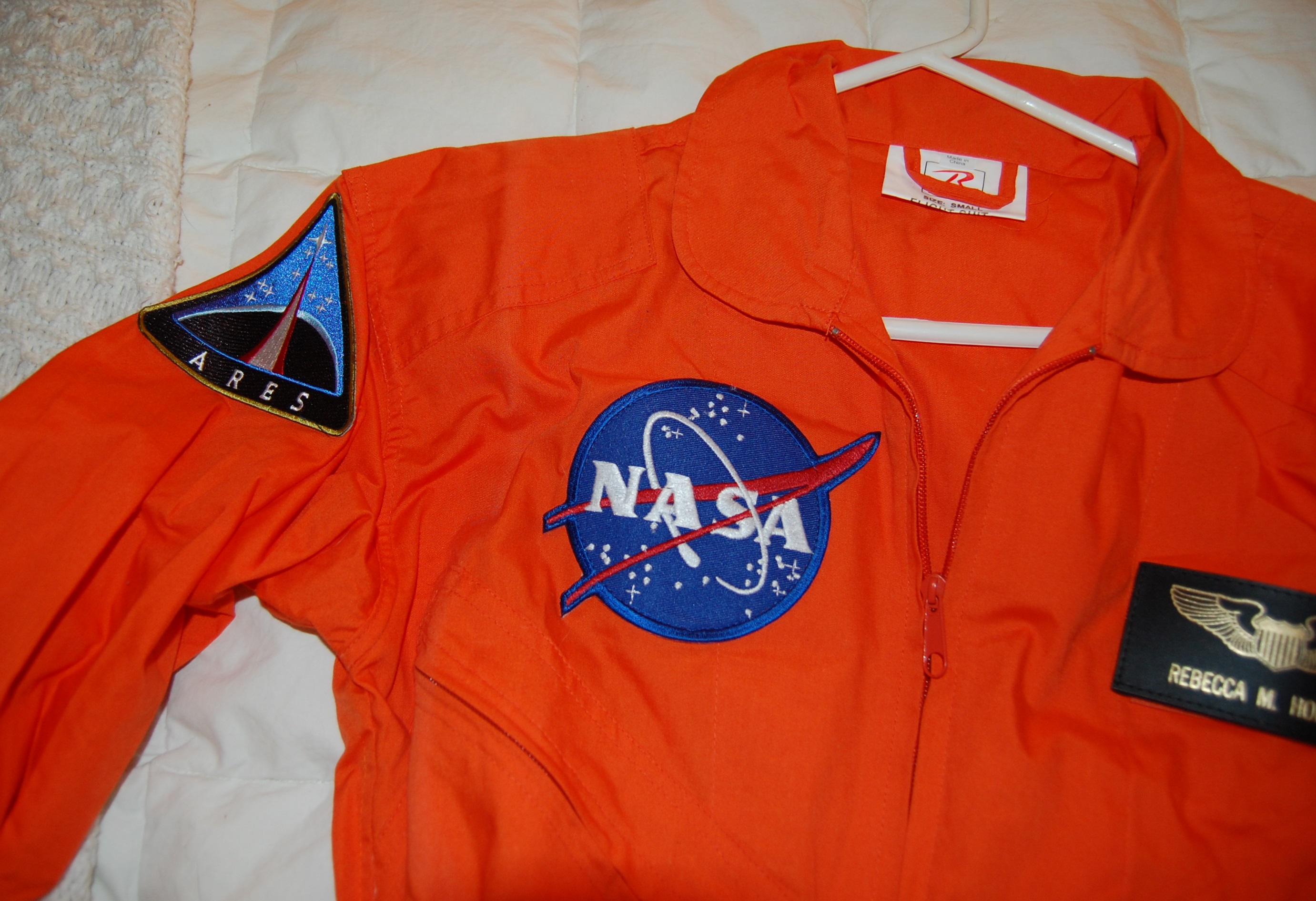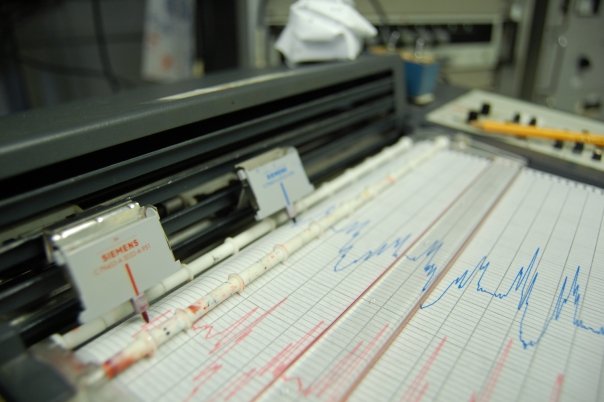January 17, 2016
There’s a cynical attitude about a manned Mars mission that some people love to whip out. “We’re not going to Mars,” they’ll say. “It’s impossible. And stupid.”
“One, do you know how much radiation there is in space? NASA hasn’t solved that yet.”
“Two, Mars is a terrible place to live. It has practically no atmosphere, it’s unbelievably cold, and the soil is full of poisonous chemicals.”
“Even if we could send people to Mars, it would be absurdly expensive compared to robots that could do the same thing. And humans will bring bacteria that will contaminate Mars and ruin our chance to know whether there’s life there or not. The only reason to send people is our pride.”
“Also, everyone will go nuts in space on the way there. Do you know how long it takes to get to Mars? People will go insane, they just can’t take it. There have been experiments. Send robots.”
January 03, 2015
 In 10 steps:
In 10 steps:
-
Casually Google astronaut costume, intending to buy one of those cheap flight suits you saw in the gift shop of the Air & Space Museum as a kid (or um, more recently). Nothing seems to come in women’s sizes.
-
Change your search to female astronaut costume. Become very sad.
-
Spend hours searching. Flight suits do of course come in women’s sizes, but only the real kind (which cost over $200). Delude yourself into thinking a men’s small might fit you. Triumphantly discover an XS on eBay; it turns out to be a typo.
August 31, 2014
I recently visited the website of the Antique Fan Collectors Association. This happened after a conversation with a very helpful individual who, when asked for blog post topic suggestions, replied, “fans.” He admitted that he happened to be staring up at a ceiling fan, but still insisted that fans are probably really interesting.
After reading the Wikipedia article about mechanical fans, I was at least convinced that there’s plenty to say about them. There are many different types of fans, from the familiar axial-flow fan (ceiling fans, table fans, and most automobile and computer cooling fans) to the “squirrel cage” fan used in leaf blowers and bouncy castles. The coolest way to move air is definitely with an electrostatic fluid accelerator, which has no moving parts and uses an electric field to propel ionized air molecules.
But I still wasn’t that interested.
August 08, 2014
“The enthalpy of hydrogen bond formation between the nucleoside bases 2’deoxyguanosine (dG) and 2’deoxycytidine (dC) has been determined by direct measurement. dG and dC were derivatized at the 5’ and 3’ hydroxyls with triisopropylsilyl groups to obtain solubility of the nucleosides in non-aqueous solvents and to prevent the ribose hydroxyls from forming hydrogen bonds. From isoperibolic titration measurements, the enthalpy of dC:dG base pair formation is -6.65±0.32 kcal/mol.”
Do you have any idea what’s going on in the paragraph above? Unless you’re a chemist, there are probably a lot of unfamiliar words—but that’s not the only problem.
July 23, 2014
This is a re-post of something I wrote in spring 2011. It has been slightly edited (only where I couldn't resist).

I keep a slightly crumpled, five-foot strip chart rolled up in a desk drawer. It was briefly featured on the refrigerator, but it was constantly falling down or being swarmed by Chinese take-out menus. It also lived above a window in my bedroom for a while, but the tape didn’t stick to the stucco very well. Eventually it came down for good.
The strip chart shows the center of the Milky Way in radio waves. I recorded it while spending a week at a National Radio Astronomy Observatory (NRAO) in the mountains of West Virginia a few years ago. Other students and I had access to an educational 40-foot radio dish hooked up to a bank of ancient electronics, including the strip chart recorder. The charts look a lot like seismograph recordings of earthquakes, but the sizes of the little peaks and valleys correspond to the strength of radio signals from space, not jitters in the ground. (By the way—a lot of those radio waves coming from the center of the Milky Way are produced by a supermassive black hole.)
Using that equipment was a real pain. Switches had to be flipped in a certain inexplicable order or nothing worked, and the manual wasn't much help. The analog pointing system wouldn’t hold a calibration and had to be re-adjusted each night to make sure it was still looking at the bit of sky we thought it was. The radio dish only moved on a large arc from north to south, which meant aiming at the right slice of sky and waiting for the earth to turn, bringing any objects we wanted to observe into view. This could happen at 3 AM.
 In 10 steps:
In 10 steps: